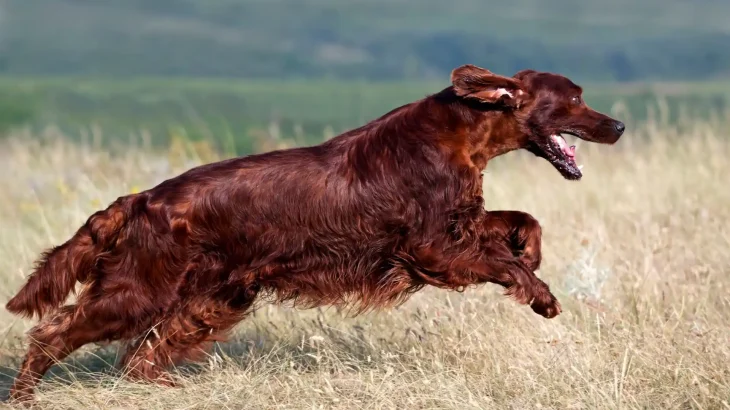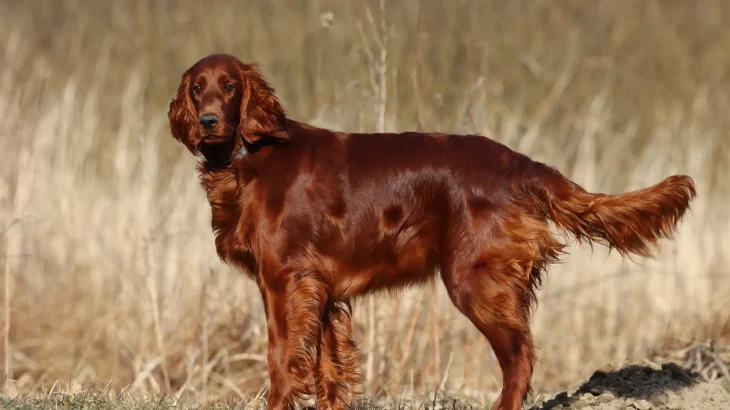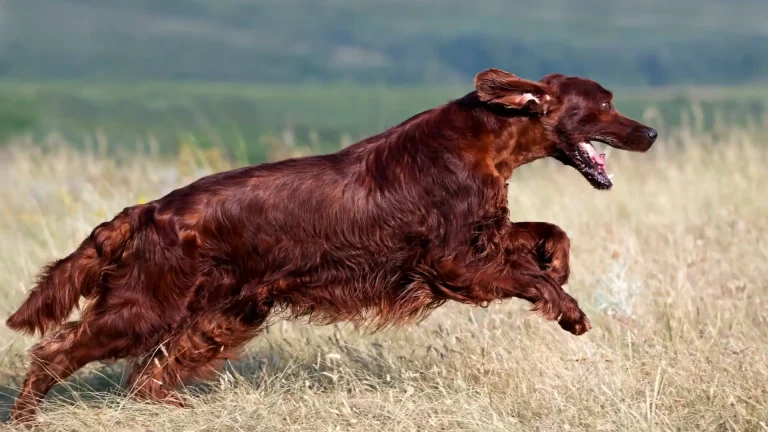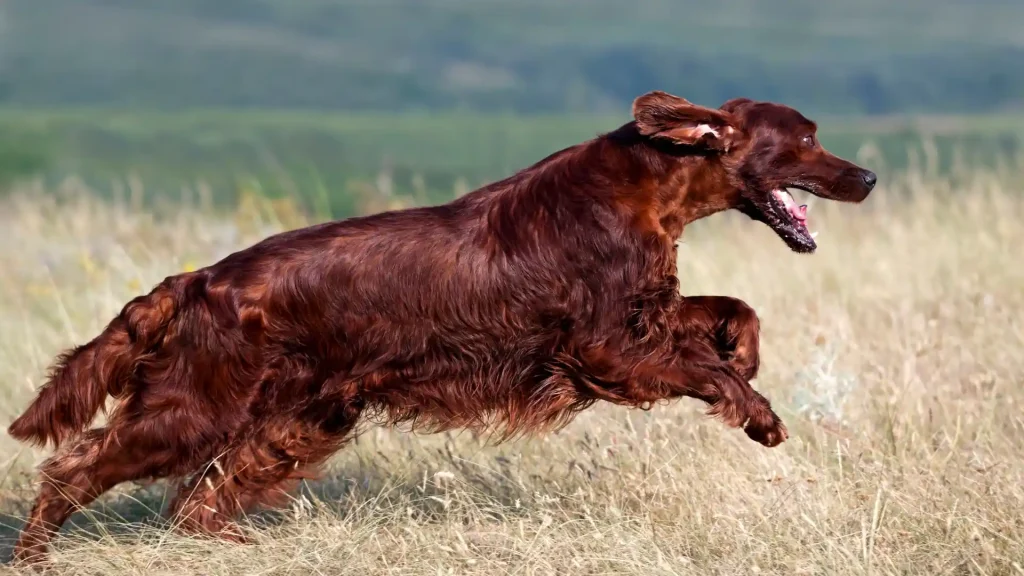When deciding to bring an Irish Setter puppy into your home, you can choose between adopting or purchasing from a breeder. Each option has unique advantages and some challenges considering the breed's needs. Knowing these differences helps you make the best choice for you and the puppy.
Adoption vs. Breeder: Pros & Cons
| Criteria | Buying from Breeder | Adopting from Shelter/Rescue |
|---|---|---|
| Cost | Higher upfront cost, reflecting pedigree and health screenings. | Lower fees; often more budget-friendly. |
| Health History | Comprehensive records and genetic screening available. | May have limited health history but basic checks are done. |
| Age Availability | Primarily young puppies, allowing early socialization. | Varied ages, including adults needing a second chance. |
| Temperament Insight | Breeders provide lineage temperament details. | Shelters share observed behavior; full background may be unknown. |
| Ethical Considerations | Supports responsible breeding if breeder is reputable. | Gives a home to dogs in need and reduces shelter populations. |
| Breed Purity & Pedigree | Assured breed standards and pedigree documents. | Breed purity may be uncertain without official papers. |




















































